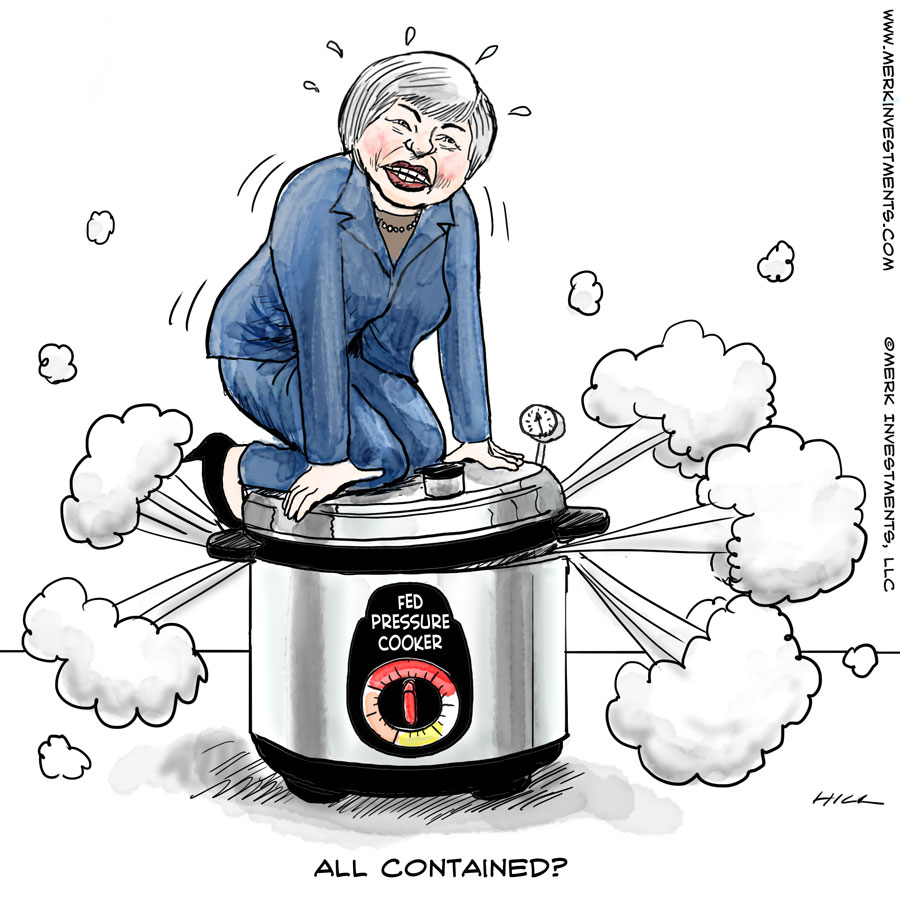With seemingly everyone from the blogosphere to the Tweeter-in-chief chiming in on fake news, have investors considered their risk/return profile may also be “fake”? When it comes to investing, who or what can we trust, is the market rigged, and why does it matter?
For eight years in a row now, an investment in the S&P 500 has yielded positive returns.1 In recent years, expressions like “investors buy the dips” and “low volatility” have become associated with this rally.
In the “old days”, investors used to construct portfolios that, at least in theory, provided a risk/return profile that they were comfortable with. For better or worse, I allege those “old days” are over. To be prepared for what’s ahead, let’s debunk some myths.
The system is rigged
For those that say the system is rigged, I concur. In my assessment, central banks are largely responsible for a compression of “risk premia.” All else equal, quantitative easing and its variants around the globe have made assets from equities to bonds appear less risky than they are. This is at the very core of central banks efforts to entice investors to take risks, as risk taking is key to making an economy grow. In practice, central banks have foremost pushed up financial assets, but have largely disappointed in generating real investments. As a result, those holding financial assets have disproportionally benefited.
Hidden risks: liquidity
When I look at market risks, I feel like investors are in ‘la la land,’ ignoring the moonlight. Pardon the pun, I believe investors completely underappreciate hidden risks in the markets, notably the risk of liquidity evaporating. In today’s ETF driven world, to make ETFs track underlying indices, there are so-called market makers providing liquidity.
…click on the above link to read the rest of the article…
